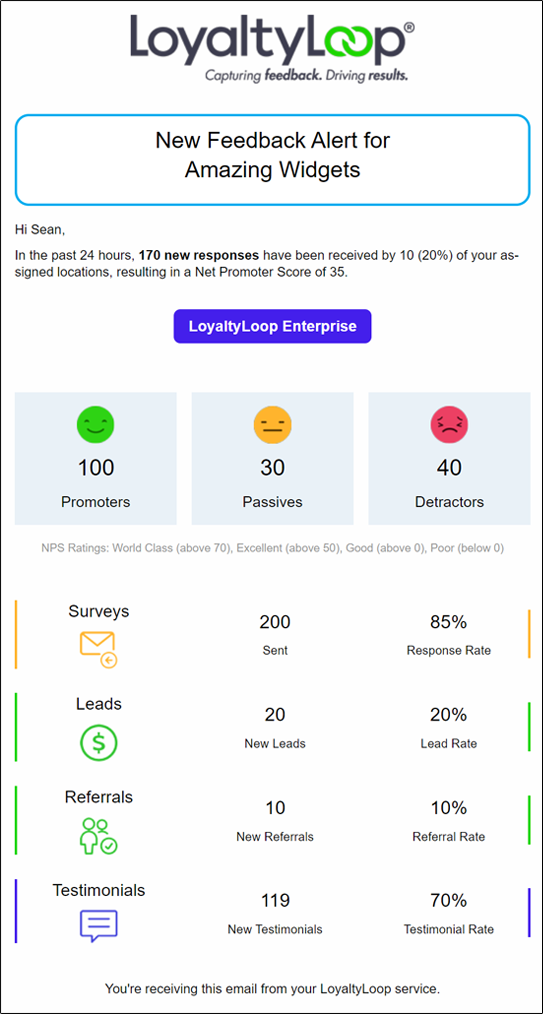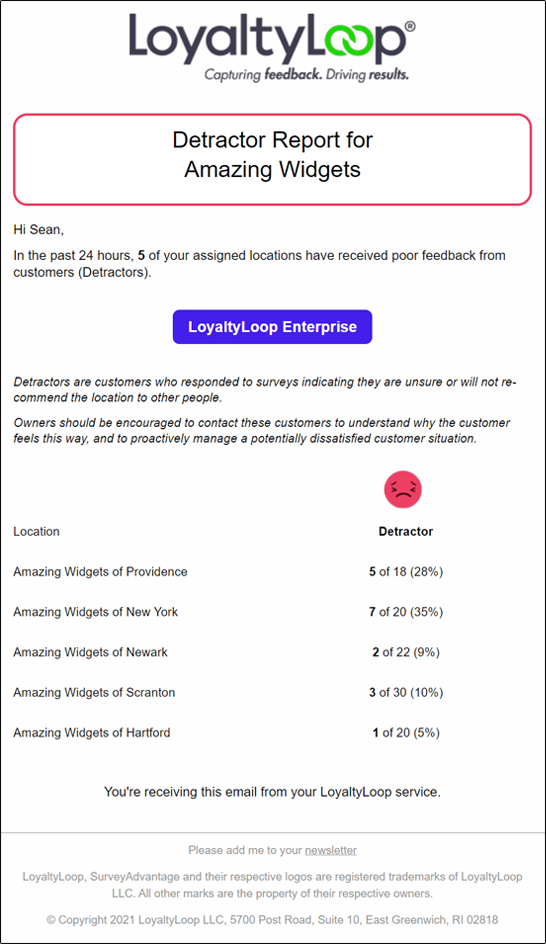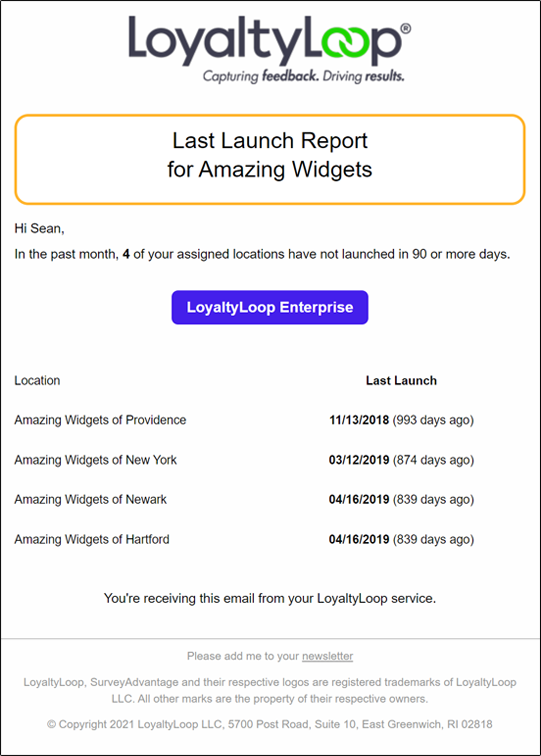February 2022
The Importance of Google Reviews: Parts 3
History of online reviews - who, when, what
The origins of online reviews come into existence around 1999, in the form of early online seller's websites such as eBay, but quickly thereafter three players began to dominate the online review scene: Deja (now part of Google), Epinions (now part of eBay), and RateItAll, representing over a million reviews of different products and some specified industries. Eventually, as noted above, these early leaders were acquired or went away.
As the early 2000’s unfolded, Yelp, Amazon, Google, Facebook, and TripAdvisor emerged as the five major players in the online review space shaping the development of customer feedback for the future. DJ Sprague explains in his article “The History Of Online Reviews And How They Have Evolved.”
“From 2012 to 2016, Facebook was the leader in online business reviews with Yelp close behind, and both have maintained steady growth. However, in 2017, Google skyrocketed ahead of the competition. TripAdvisor has consistently come in fourth and remained a trusted resource for travelers, while Amazon gathered reviews for specific products.”

Yelp
Yelp was created in 2004, with the origin of the name combining the words "yellow pages" and "help", and to this day serves as a review and recommendation site for a variety of different local businesses. It gained tremendous popularity and by 2009 it had attained over 4 million reviews. This established the company as one of the key players in the online review space. Yahoo and Google had both attempted to acquire Yelp that same year, but Yelp refused their offers and remained a competitor.

Although they started as a college social networking site, Facebook quickly gained popularity with the general public which led to a more advanced platform housing business pages, reviews, etc. In 2007, Facebook added the feature for users to create Business Pages. By year's end, more than 100,000 businesses had created pages, opening the opportunity for advertising on these businesses through Facebook's platform. By 2018, Facebook changed its tune and made it so that businesses needed to pay in order to advertise on its platform. They encourage users to leave reviews on business pages and provide a rating similar to Google. However, businesses have the ability to turn off the review feature if they so choose whereas Google Business Profile does not allow its users to impede customer reviews.

Amazon
Amazon, as the world's largest retailer (outside China), only allows users who have purchased a product (verified payment) to leave a review of a product. Both positive and negative reviews are listed directly below the product, providing transparency to customers before making a purchase. Amazon also provides a unique feature in which other customers can rate individual reviews by selecting whether they found a review to be “helpful” or “unhelpful.” The more helpful votes a review gets, the closer to the top it will show. Amazon intelligently utilizes its users to provide a more accurate and efficient service to its customers.

TripAdvisor
TripAdvisor’s platform was originally intended to be more of an informational site; however, its review feature became more popular and relevant, positioning the company as a competitor in the online review space. TripAdvisor displays customer reviews of restaurants, hotels, attractions, destinations, and points of interest, which makes it a useful tool for any traveler. It has become one of the largest websites in the world for travel reviews, with content generated by its users.

As the world's largest search engine, Google realized that it was perfectly positioned for its platform to serve as both a hub for finding businesses while also providing reviews and ratings for those businesses. Google offered a free business listing service, called Google Business Profile. This service allows businesses to create and manage their online business profile, which Google displays as part of their search results. Google added the ability for people to write a review about the business, and Google then displays those little golden stars alongside the business listing. Adding to the power of these little golden stars, Google uses the reviews as part of their search algorithm, moving a business listing up in the natural search rankings. Due to the power and reach of these Google Business Profiles, Google quickly became the go-to source for getting connected with businesses online and in-turn rose to become the dominant player for online reviews of businesses.
The Importance of Google Reviews: Parts 4
Online Reviews Statistics

Photo by Christian Wiediger on Unsplash
You might be wondering, how much do reviews online really matter? Let’s take a look at some 2021 statistics from Deyan Georgiev (Review42) and Nick Galov (HostingTribunal), as their research provides insight into just how critical online reviews are in shaping the modern day business landscape:
- Google accounts for 57.5% of all reviews worldwide
- 97% of people read reviews of local businesses
- 90% of buyers read online reviews to decide on a product’s purchase
- 70% of consumers need to read at least four reviews before they can trust a business
- A study shows that online reviews influence 67.7% of purchasing decisions
- 92% of B2B customers are more likely to buy after reading a trusted review
- Online product reviews about a product can increase its conversion rate by more than 270%
- Customers could spend 31% more on a business with great reviews
- 94% of people say bad online reviews have convinced them not to buy from a business
In light of these statistics, developing a strategy to get your online reviews heading in the right direction may seem like an overwhelming task. But it need not be. There are good services that can help (like LoyaltyLoop), and your online reviews can and should be gathered overtime. Just as you continually generate new business, you should be continually gathering new reviews.
But don't worry. As long as you are taking care of your customers and delivering great experiences, and encouraging customers support you by posting reviews, positive reviews are something you won’t need to worry about. Reviews are a direct reflection, and an important gauge, of the business relationship you enjoy with your customers. And remember, as of today the most popular and most important site for business reviews is Google.
Determining your “soon after”
How soon after a customer does business with you, should you ask for their feedback and review?
When requesting feedback and reviews from customers, it’s always a good practice to make your "ask" soon after the customer has experienced your business, product or service. But what does "soon after" mean? Well, that depends your specific business. There are typically 3 factors that should be considered when determining your "soon after".
1 When Does Your Customer's Experience Begin?
The fist step is knowing when your customer experiences your company, product or service. For some businesses, the customer’s experience is fully complete immediately, and your "soon after" is today or tomorrow. But other businesses deliver a product or service that the customer needs time to experience, in which case your "soon after" could be within a week or even a month of the purchase. You need to decide what is right for your company, and the good news is LoyaltyLoop is flexible to handle every case.
2 What Is Your Effort to Identify Customers?
To initiate the feedback loop, what is the effort to generate the list of customers to-be surveyed? If you’re using one of our direct integrations, or Zapier automations, your contacts flow automatically into LoyaltyLoop. Set it, and forget it - hence it takes no effort on your part. This can give you the greatest flexibility in determining your "soon after", such as daily, weekly or monthly "asks" (aka survey sends). If your systems can auto run reports on a schedule, and auto email them, this is another "set it and forget it" option. Make sure you email your files to your location's Launch File Email Address. If you need to manually run your file and upload your file, set a calendar reminder. While every system is different, running reports is usually quick and easy, and it takes only seconds to upload your files to your Launch Pad.
3 Are You Ready to Follow Up with Customers?
The last factor to determine your “soon after” is whether your company has a process for following-up on feedback and reviews as they are generated. This typically doesn't require a lot of work, but you do need to be prepared, and have a clear process regarding who does what, and when, as feedback rolls in. This would include reviewing feedback email alerts, reading customer comments, engaging unhappy customers, etc. All the basic things involved in following up with customers to ensure you're helping them become more satisfied, and more loyal. It doesn't matter if your send surveys once a month, and feedback all rolls in around that time of the month, or you send surveys every day, and feedback is coming in regularly. It's the same amount of effort, either compressed into one time in the month, or spread out over the month. You simply need to be ready to manage it.

Photo by STIL on Unsplash
Remember, regardless of your "soon after", you don’t have to worry about LoyaltyLoop over-touching customers with repeated requests. LoyaltyLoop will not ask the same contact for feedback each and every time they buy from you (unless this is what you want). Our default Touch Frequency Filter is 90-days (but you can set this to any value you wish). This means a customer who was asked to give you feedback in the prior 90-days, will be removed from this "ask" automatically. If you have repeat customers, or a recurring revenue model, the default filter means your customers will receive a request to give you feedback/reviews 4 times per year (i.e. every 90 days) – not too long to wait get feedback and catch issues, and not too often where it could be overbearing on your customers.
Requesting feedback and reviews while the customer’s experience is fresh in their mind typically leads to higher response and review rates. Explore integrations and automations, if you haven’t yet. Then pick the best "soon after" for your company. Have questions? Just give us a call at 888-552-LOOP (5567) or (401) 560-0311, option 3, or email us at support@loyaltyloop.com.
Updated UI for LoyaltyLoop Enterprise
For our customers and partners using LoyaltyLoop Enterprise, next time you sign in you'll see it's new look. Consistent with LoyaltyLoop used by individual businesses and franchisees, LoyaltyLoop Enterprise has a fresh new look that is designed to make it even easier to access your feedback and navigate the application.

LoyaltyLoop Enterprise users will also notice the new look in the alerts and notifications.



